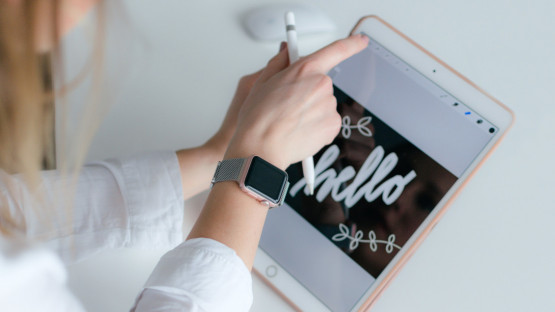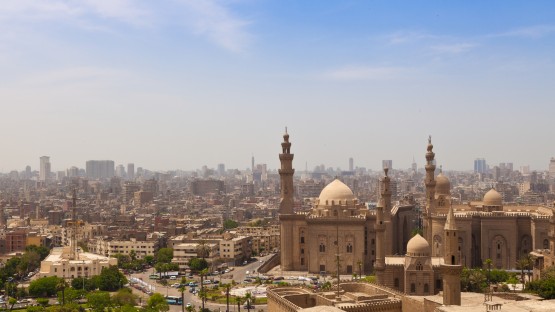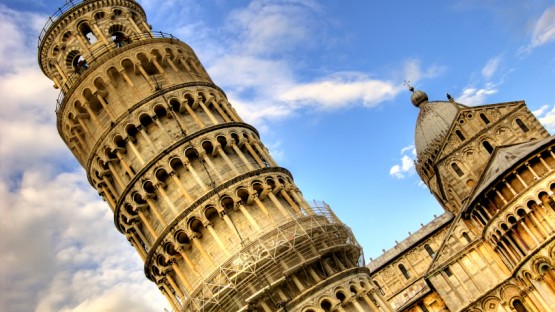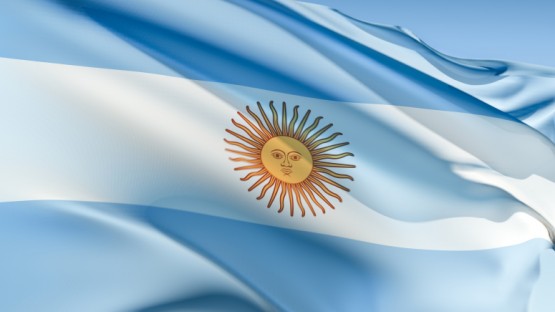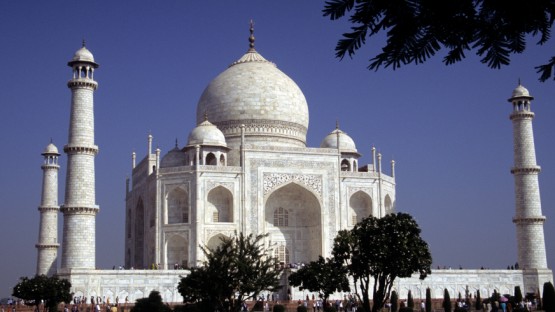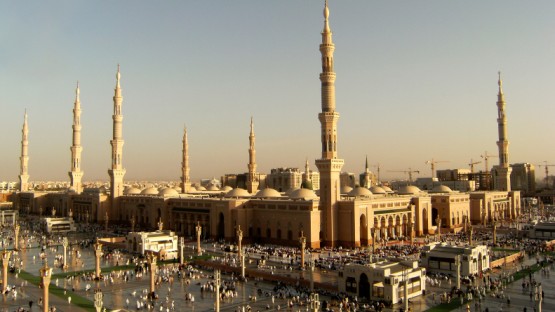Status Symbols Around the World
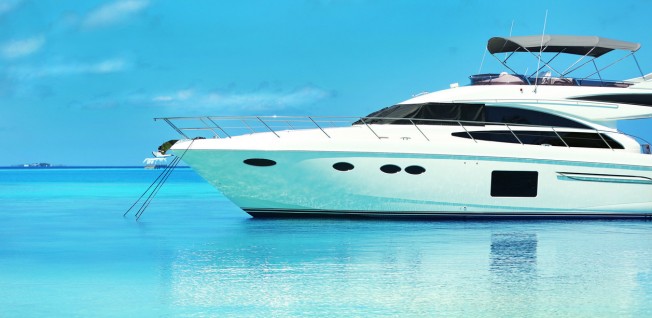
The Significance of Status Symbols
Defined as a “possession that is taken to indicate a person’s wealth or high social or professional status”, or simply as “something that people want to have or do because they think other people will respect or admire them for it” by the Oxford and Cambridge Dictionaries respectively, status symbols are an indisputable part of life, no matter where on the globe you’re living.
As famous sociologist and economist Thorstein Veblen so fittingly pointed out, “wealth or power must be put in evidence, for esteem is awarded only on evidence”. Ostentatious displays of wealth — for example in the form of luxury items, household staff, and exotic food — serve as such “evidence” of one’s “superiority” over peers or subjects.
Nowadays, however, you do not need to have a golden carriage to be the owner of a status symbol. In fact, in a number of cultures status symbols are no longer obvious, in-your-face displays of money, but a bit more subtle. Plus, they are not necessarily meant to (only) serve as evidence of one’s wealth, but can just as well showcase one’s ability to fit in with a certain social group. So let’s take a look at some status symbols around the world:
From Ample Curves to Blackberries
Typical status symbols in Africa vary very much depending on region and social status. In Mauritania, for example, women of ample proportions are traditionally considered highly attractive, as a high body mass is closely associated with wealth and thus a status symbol. This sadly also means that numerous Mauritanian girls are being force-fed by their parents or even professional “feeders” to increase their marriage chances.
In more affluent parts of Africa, and in South Africa in particular, modern vehicles and technology devices are enjoying a growing popularity. This includes for example fancier cars and — as motorbikes have long played an important role in local transportation — even Harley Davidsons are turning out to be a status symbol. Blackberries, or affordable smart phones from other brands, are also considered by many to be a status symbol in South Africa.
Braces, Coffee, and a Dog
There are a number of status symbols to be found in Asia and the Persian Gulf, some of them seeming quite curious from a Western point of view. In Malaysia, Indonesia, and Thailand, for instance, fake braces have been reported as a common status symbol among teenagers. And in China, Starbucks is considered a high-class product, not necessarily because of the coffee’s quality, but more due to the comparatively high prices, a certain brand awareness, and the company’s internationality.
Also in China, better off business men have started to collect classic status symbols such as art, expensive and/or antique cars, wine, and even grand pianos, next to buying properties abroad. However, the growing popularity of custom made bicycles and big private jets already show a move away from such “mainstream” luxury items in China, as does the sale of purebred Tibetan Mastiffs for USD 1 million or more per dog.
Similar stories are heard about the Persian Gulf area, where luxury cars have become somewhat of a norm already. Particularly younger, rich men there are nowadays the proud owners of lions, cheetahs, and other big cats. To show off their furry status symbols to the best of their abilities, some of these young men even pose together with their animals in not always safe settings (e.g. on a speedboat) and then post the resulting pictures online. In this way, they not only demonstrate their wealth, but also their supposed bravery.

Guilty or Guilt-Free Pleasures?
In the typically economically well off “Western World” as well as Down Under in Australia and New Zealand, standard status symbols for the average citizen are, for instance, luxury items and brands, such as a big BMW for a car or the newest iPhone for a cell. Similarly, the ability to shop in more expensive stores even for everyday items is considered a status symbol, as is owning your own house and ideally an additional holiday home.
However, there is also a certain trend discernable that items and services which provide so-called guilt-free pleasures are more and more regarded as status symbols. Examples for this are a healthy lifestyle, from organic food to gym memberships, as well as sustainable and eco-friendly products and services. The Tesla Model S, for instance, as most likely the best known electric luxury car, serves as a prime example for such a guilt-free pleasure. And, it has the added benefit of showing off not only your environmentally friendly character, but also your wealth, as the car does not come cheap.
Status Symbols: A Matter of Context
Of course, we have only been able to provide a brief and very general overview of some current status symbols in this text. As can already be seen by the examples covered, status symbols very much depend on the context, such as the local culture and one’s social standing.
In Japan, for example, attracting attention through big cars or fancy dresses is not regarded favorably, at least not in the everyday business world. Instead, much subtler things can function as status symbols, such as for example a window-facing desk with a nice view for senior workers, or high quality business cards.
Possessing a forbidden item is also often regarded as evidence for both wealth and power in many countries. Examples for this are an illegally imported Cuban cigar in the USA or powdered rhino horn in Vietnam. Such items do suggest, after all, that the owner is not feeling restricted by “common” laws.




